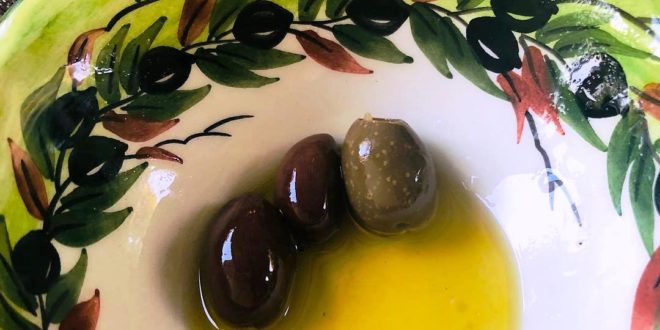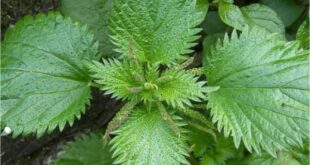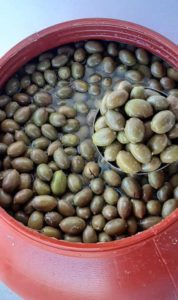Whether you love them or hate them, the fact is that olives are not only nutritious but shield the heart and should not be missing from your table.
Olives: The “treasure” for lowering cholesterol
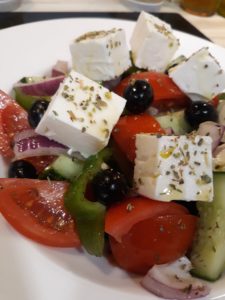
Our visitors are looking for them every summer, if not through the groves; and even if they have never tried them, they will definitely do it when they find themselves in a tavern and order a village salad. Rich in antioxidants and healthy fats, olives offer several benefits to the body, one of which is protection against cardiovascular disease.
Unlike fruits, olives have a higher fat content and lower carbohydrate content. Just five olives have 88 calories and contain 5 grams of protein, 3 grams of fibre and 6 grams of fat. At the same time, with this amount you have covered 53% of the daily sodium intake. They may be high in fat, but 75% of these fats are monounsaturated fatty acids that are considered beneficial for heart health by preventing cardiovascular disease.
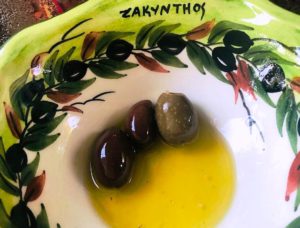
Also, olives are a very good source of iron, calcium and copper. Their intake reduces the chances of developing anaemia, while strengthening the bones and improving heart function. Vitamins A and E also have a beneficial effect on the body as vitamin A helps keep our eyesight healthy, while vitamin E improves heart health. Among the antioxidants contained in olives are polyphenols, specifically oleuropein, which is responsible for its bitter taste, and hydroxytyrosol. Both of these substances have antioxidant and anti-inflammatory properties that protect against heart disease and are even capable of preventing DNA damage caused by cancer. Finally, they can lower blood pressure and cholesterol levels.
Monounsaturated fatty acids, according to research, reduce the inflammation associated with obesity and the likelihood of developing atherosclerosis, a condition that can lead to hypertension and an increased risk of stroke. They also inhibit the oxidation of bad LDL cholesterol, a process associated with the accumulation of atherosclerotic plaque.
So, enough about what our little gems called Olives can do to benefit us, let’s see the best way to make them delicious enough to eat again and again.
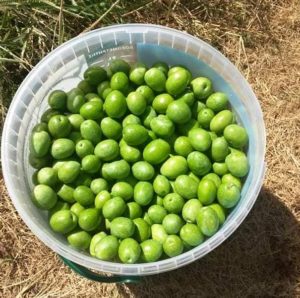
Green crushed olives
Using a stone or a hammer, carefully crush the olives so that they do not open too much and their stone rots. Transfer them to a container that closes and cover them with fresh cold water. Leave them for 15-20 days, changing the water twice every day. Test if they have peeled off, drain them and put them in brine. Leave them for 24 hours and drain them. Transfer them to glass jars, putting between salted lemon slices, fennel seeds and, if desired, 2-3 whole cloves of garlic. Add the juice of one lemon for each kilo of olives. Fill the jars with olive oil, put a sprig of fennel on top and keep them in a dark place.
Variation: Instead of lemon, put slices of peeled oranges and squeeze orange juice. Remove the garlic.
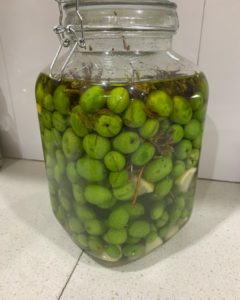
Green engraved olives
Lightly carve each olive with a sharp knife in 2-3 parts, without reaching the stone. Follow the process of crushed olives.
Giant green olives
For each kilo of olives you will need 150gr. coarse salt and juice of 5 lemons. Put the whole olives in a pot and cover them with water. Add the salt and juice and put a weight on top so that they are completely covered. Cover the container well. Leave them like this for 2½ months. Then take out a few, transfer them to glass jars and cover with olive oil. They are ready for consumption…
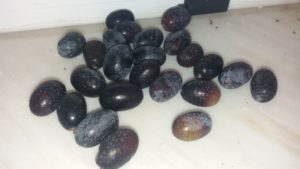
Black pickled olives
You carve them, let them stand for 12-15 days, changing the water daily. Drain them, sprinkle them with plenty of salt and leave them for 12 to 15 hours. Rinse them with vinegar and water so that they do not become too salty, drain them, immerse them in good quality vinegar and let them “water” for 2-3 days. Then drain them and transfer them to glass or clay containers with lids, along with bay leaves and oregano. Pour enough olive oil on top to cover them.
Variation: Orange is also very suitable for black olives. Cut orange slices (with their peel), salt them and place 2-3 at the bottom of the jar. Pour over the olives, drip a little orange juice and cover them with olive oil. You do not put any more aromatic in these olives.
Tip for brine
Put a whole fresh egg in a container of water with a little salt. Then add a little coarse salt. When the egg rises to the surface of the liquid and looks like a 2 euro coin, the brine is ready to dip the olives. You can calculate the salt as follows: For each kilo of olives use 100gr coarse salt.
To get up-to-date news or more information about Zakynthos, join our Facebook group or follow our Twitterfeed. All articles on this blog are the property of the authors and The Zakynthos Informer. No articles are to be reproduced, copied or screenshot without the permission of the author.
Main Feature photo by:- Robert Wallace
text photos:- Social Media public domain.
 Zakynthos Informer Zakynthos Informer
Zakynthos Informer Zakynthos Informer

